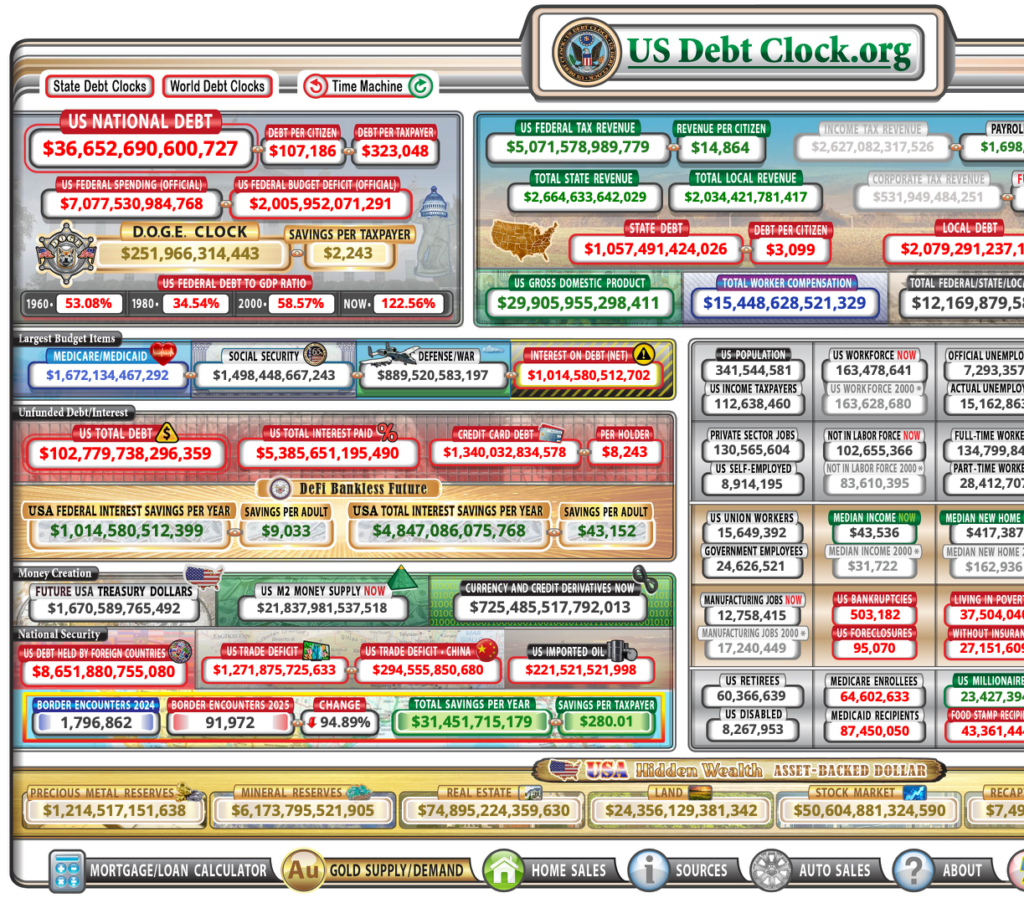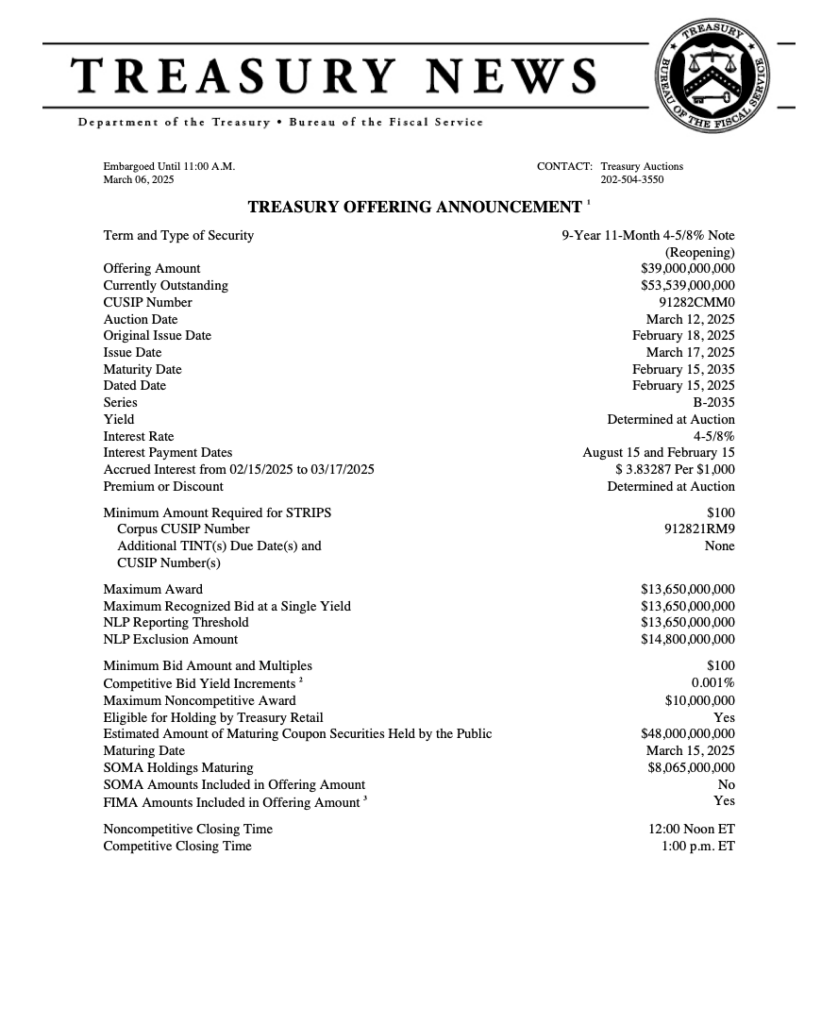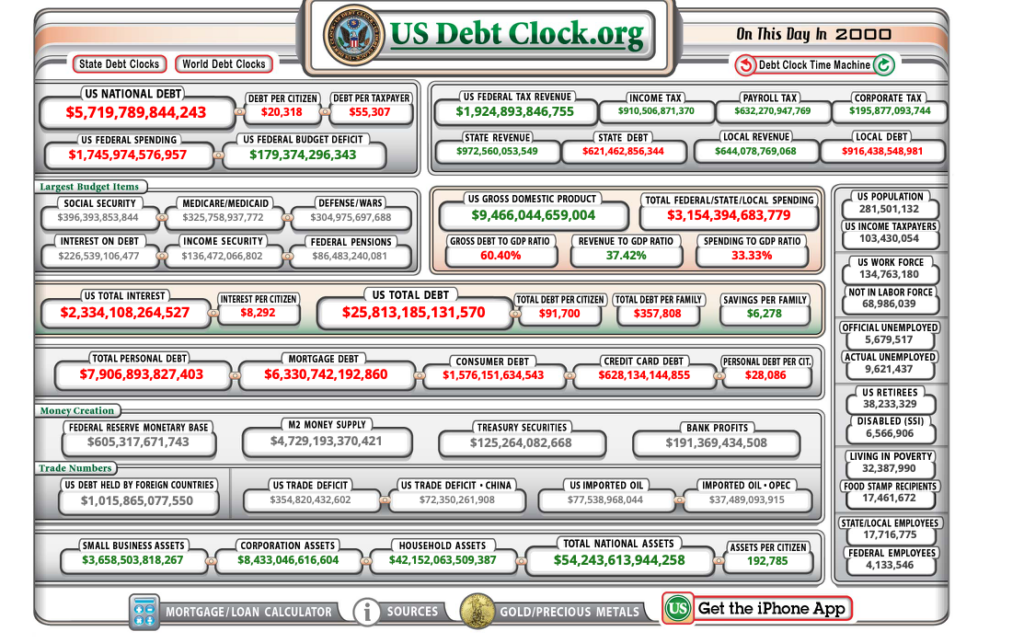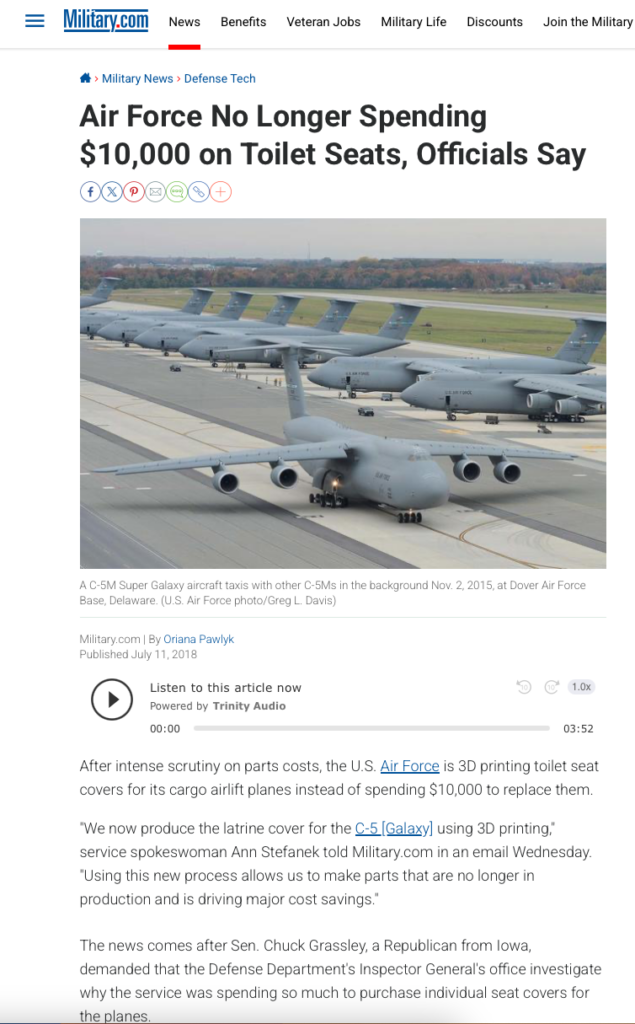There are few things that I can truly say that I hate, but politics is right up there. In our own lives, if we can’t get something done at work, more often than not it’s because of politics. And don’t even get me started about the government. When was the last time we didn’t have to come up with an 11th hour spending bill to keep the government running?
So what makes me sit down this morning and think about politics?
The National Debt
There’s been lots of trouble with the airlines lately. Collisions, near misses, pieces falling off planes…it’s a little frightening. But I still convinced my wife (who doesn’t care to fly) to fly to Florida this winter. Flying doesn’t scare me.
The National debt scares me.

This is from debtclock. We can go out in real-time and watch the debt grow. How fun!
I’ve written about the national debt before. Here and here. And as much as I dislike politics and politicians, I sent a letter to my congresspeople here.
In last year’s article the debt was at $34 trillion. It’s now $36 trillion.
Does it Matter?
Government debt is exactly like our debt. Think about a car loan.
We borrow $40,000 to buy a new car. The car costs $50,000. We put down $10,000 and finance the rest.
We pay 10.57% interest (national average for a person with good credit) on a 5 year loan. Our loan looks like this.

It’s rough to see this on paper. We’re going to pay $11,668 in interest over the 5 years. We might as well set that money on fire.
But this is how it works. We don’t have the money to pay $50,000 in cash and we need a vehicle. The lender is putting up its own money and is taking the risk that we may not be able to make our monthly payments. They need to get paid for this.
All things being equal, we’d much rather pay for the car ourselves and avoid the interest and the monthly payment, but we can’t afford that.
Government Borrowing
Same for the government. They can’t afford to build all the bridges and roads and pay for all the programs that the voters want. So they borrow money. The way they do this is by selling bonds.
Here’s an example

The US Treasury needs money. As a bond-buyer, we don’t always know why they need it or how the money will be used. But for this bond, we know the US Government needs $39 billion. The duration of the bond is 9 years and 11 months. The interest rate is 4.58%.
The Transaction
The treasury puts this bond out for bid. Investors (you, me, companies, mutual funds, ETFs, government sovereign wealth funds, pension funds, and lots of other groups) bid to buy the bonds.
Each bond’s value is $1,000 so there are plenty to go around.
The Government
All the bonds are sold, so the US government gets $39 billion to go spend…yay! No different than our car loan. We got $40,000 and we used it to buy a car. The government got $39 billion and they’ll use it for government stuff.
The Bond Buyers
That’s us, the pension funds, the corporations… we get a bond. As we know, a bond provides 2 things.
- We’ll get regular interest payments that will amount to 4.58% of the face value ($1,000) each year until maturity
- We’ll get our original investment back when the bond matures
So let’s say we bought 1 bond for $1,000. We gave the federal government $1,000 to spend as they see fit. We will get an annual payment of $45.80 (most likely split into 2 semi-annual payments of $22.90) until February 2035. In February 2035, we’ll get our $1,000 back.
What If We Don’t Win Our Bid?
The treasury sells bonds at auction. It’s possible other investors will out-bid us. Not to worry. This is just one of the many bond offerings that the treasury released today. And they’ll be more tomorrow and the next day.
Good news for us, and other investors. There is an almost never-ending supply of new US government Bonds, Bills, and Notes.
Bad news for the US Government and tax-payers. That’s a lot of interest to pay out. And, in the end, when each bond matures, the government needs to pay out the face value. In this case, they’ll need to pay out $39 billion in cash just for this bond. And don’t forget, this is after they’ve paid out $1.7billion in each of the 10 years just in interest payments. And that’s just for this bond.
What Does That Cost?
So, let’s go back to the debtclock. It gives us lots of data besides the national debt. It tells us that the annual interest payment on the national debt is $1,014,608,367,265.

In the time that it took me to copy the screen, the interest payments went up almost $100,000. More bonds were sold.
We spend more in interest payments to service our debt than we spend on defense. And almost as much as we spend on social security.
Isn’t This Just The Cost Of Doing Business?
These numbers are way too huge for most of us to even comprehend. It’s easy to write this off as the cost to run the wealthiest nation on the planet.
Well it’s not.
The debtclock has a time machine feature or as Sherman and Peabody would say, the way-back machine.

Let’s go back to 2000. The national debt was $5 trillion. It cost us $265 billion each year to service that debt. That’s a lot, but far less than $1 trillion it costs today.

Per Tax-Payer
I like that they break this down to the tax payer level. In 2000, each tax-payer was on the hook for $55,000 of the nation’s debt. Today, that number is $323,000.
At this point you should be screaming “I can’t afford that!”
What Are The Alternatives?
Not paying is not an option.
Today the US government has the highest bond rating from all the agencies “Backed by the full faith and credit of the US Government” means that we can trust that we’ll get our interest payments on time and we’ll get our principal returned at maturity.
If the government doesn’t make good on this promise, this would impact bond holders – you, me, pension plans…you get the idea. It would make the melt-down of 2008 look like a blip on the radar.
So just like you and I, when debt gets too high, the government only has 2 options:
- Spend less – in this case a lot less – we need to ruthlessly cut spending. We not only need to stop spending from increasing, we need to spend less than we bring in so we can pay down some debt.
- Make more income – this means raise taxes or find other income like tariffs
Boo
Imagine coming home and telling the family we’re selling our cellphones, dropping Netflix and cancelling the trip to Disney. Wouldn’t go over well. Maybe think about selling one car. Who’s going to drive me to soccer practice? Why can’t I take the car to work? Cutting is no fun.
Or maybe we come home and say everyone gets an additional part-time job and all the money goes into our family account to pay down debt.
Neither is a good option. What else you got?
Well the government is in the same boat. They are supposed to be the parents here. They’re supposed to have a budget and stick to it. They’re supposed to be fiscally responsible.
Spoiler…they’re not
They don’t want to tell us we can’t have a stimulus check or tax breaks or student loan forgiveness. That will make us mad and we won’t vote for them. Better to just issue another treasury bond for $39 billion.
It’s hard!!!
Cuts
The current administration is making cuts.
People are pissed.
Big surprise.
And many don’t trust the people doing the cutting. While Trump won an election to become president, there is quite a bit of anti-Trump sentiment around. Musk is quite unpopular with many as well. This is a problem.
My feeling is that this is the first administration in a long time to take government spending seriously.
Well, that’s not entirely true. In 2018, military.com was proud to announce that we were no longer spending $10,000 on toilet seats.

And let’s face it, the US Government was not a well-oiled machine coming into 2025. To listen to the media, you’d think that the budget and spending was completely under control coming into the new presidential administration. How dare they look at cuts?
What Does the Left Say?
In a 2021 article, NPR described how the Pentagon has never passed an audit. Here’s a couple of choice tidbits

I wonder how many $10,000 toilet seats are in that warehouse.
The point is that maybe it’s time we took a hard look at the government and what they spend.
Wrap-Up
I am a little bit conflicted about this.
We desperately need to take action. A national debt of over $300,000 per tax-payer that must be paid back at some point is unsustainable. And the fact that the debt increased by 2 trillion dollars in less than a year means that we need to stop the bleeding before we can even think about paying down some of the debt.
This is a big problem.
No government in recent years has made any sort of serious attempt to address the growing debt.
But I don’t always like how things are being done.
What we’ve done in the past has not worked.
While what we’re doing today worries me and makes me a little uncomfortable, it’s something.
See For Yourself
I would also encourage readers to look into this themselves rather than taking what the media chooses to feed us. You can see the details of what is being addressed here at doge.gov.
Sure this is a bit of a publicity play, but look at what they’re saying. The government has more credit cards than employees. That sounds like a problem. They’re closing the unauthorized ones. That sounds like a good idea.
The media was up in arms about the plan to shut-down USAID. But look at this.

I don’t like the “America last” crack but I’m glad someone is looking at these grants.
I won’t try to make the case about whether there is benefit to these grants or not. There is likely benefit to someone. The question is whether we should prioritize this above stopping our ever-increasing debt load and starting to pay it down.
These are the hard decisions that our government has refused to make.
There is a link on the Doge site to a Fox News interview with Musk and his team. Many won’t click because it’s Fox News. While I avoid most mainstream media, especially those that are decidedly on the left or the right, I found this interview interesting. I think it is important for us to hear directly from the folks who are working on government efficiency. Who are they? Why are they there? What are they seeing?
It’s up to each of us to decide whether we believe them, or how much we believe, but make up your own mind. Don’t let the media tell you what to think.
A Final Thought
We’ve been conditioned to believe that something’s either right or wrong. Good or bad. Just look below – you can “thumbs up” or “thumbs down” this post. There’s no more grey.
It’s like when I told my wife I love Dave Grohl. I like the Foo fighters music but I never met Dave and I don’t really know him so I should have been more careful. This bit me in the ass when Dave hit a speed-bump in his life. Read more here.
I like that our government is addressing government spending. I dislike the communication. I didn’t like the picture of Elon with a chainsaw. Nor did I like him with a kitchen sink telling the folks at Twitter “let that sink in”.
I do like that they are questioning the government grants. I like that they want to make the various systems talk to one another so that we have better verification, traceability and accountability.
Maybe someday the pentagon will be able to pass an audit. Dare to dream!
Most people, events, interactions are not good or bed. We’re complicated.
I’d love to hear your thoughts on this. Please comment below.


Nice article. It is good that someone is looking at government spending. It’s no surprise or secret our government is inefficient and spends irresponsibly.
Where the current administration falls short is favoring the super rich folks and businesses while penalizing poor folks. And I have a hard time trusting the guy in charge who feels he needs $400 billion all his own.
Our town’s local food pantry is getting more clients every week while the regional food bank in Worcester is getting less food from USDA.
It’s a scary time for many citizens who are worried about their own debt, not the government’s. It’s a scary time for us retirees watching our financial investments dwindle with the hope of it being just a correction.
It’s a game show gone amuck.
Mike – thanks for the comment. I hadn’t looked into this, but was reading this morning about $500 million in cuts this year to the USDA food programs. I appreciate you raising this.